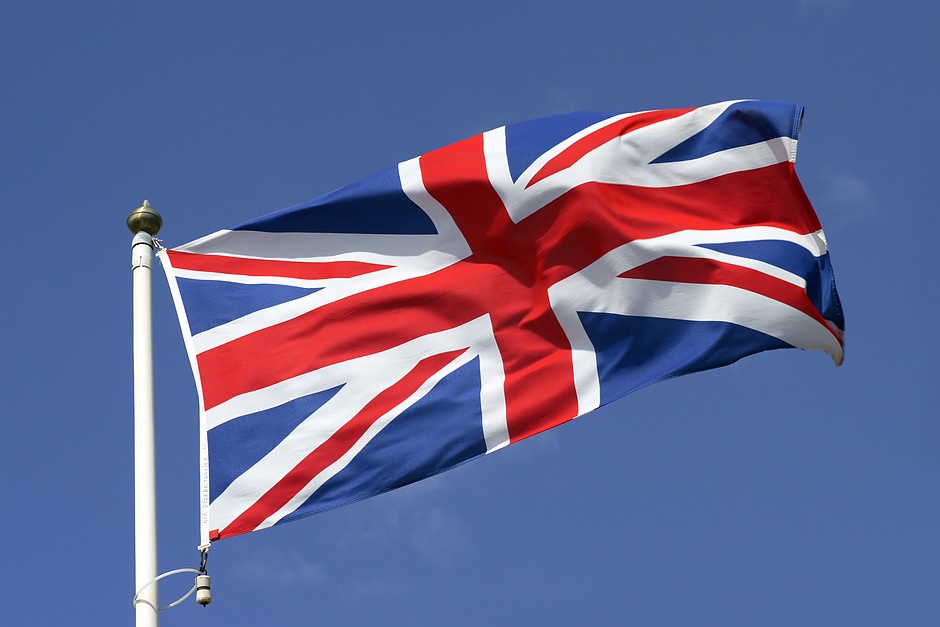Britain’s minimum wage at twenty

The introduction, just over twenty years ago, of the UK’s National Minimum Wage (NMW) counts as one of the most significant policy innovations of the period. As it enters its 21st year we assess whether Britain’s NMW has achieved its aims and examine its prospects.
Supporters of the NMW saw it easing poverty and, in doing so, reducing the cost to the exchequer of in-work benefits. There were hopes too that a minimum wage would encourage employers to invest more and increase spending on training, so boosting productivity. Perhaps most daunting was balancing higher pay for low-income workers with preserving jobs.
The overall verdict for Britain’s NMW is positive. It is a sign of its success that the Conservatives, who opposed it in opposition, embraced it in government and have raised it substantially. The renamed National Living Wage (NLW) has become an established feature of the UK economy.
On the most important count, incomes and jobs, the policy scores highly.
Since 1999 the main rate has risen from £3.60 to £8.21 per hour, an increase of 127%, far faster than growth in average earnings of about 75%. The UK minimum wage has risen faster than in any rich country other than New Zealand.
More rapid income growth for those on low pay has helped narrow income inequality. Today the NLW is equivalent to 60% of the median wage, up from 45% in 1999. It may seem paradoxical that the introduction of a minimum wage, and subsequent sharp increases in the rate, should coincide with growing concern about inequality. In fact on the UK’s official measure, income inequality has fallen since the introduction of the NMW. (Income inequality has risen in many other countries in recent years, but not in the UK. Talk about inequality in the UK often relates to the near stagnation of disposable incomes for some groups, rising wealth inequality and the rapid growth of incomes for those on the very highest incomes.)
The other effect of raising the NLW more rapidly than average earnings is that its coverage has widened. Two million workers, or 7% of all jobs receive the NLW today, up from 830,000 or 3.4% of all jobs, 20 years ago.
Substantial increases in the minimum wage appear to have had little measurable effect on job opportunities. The introduction of the minimum wage, and rapid growth in its rate, have coincided with a boom in employment. The total number of jobs in the UK has risen by 20% since 1999, faster than in the US, while the unemployment rate has dropped to a 45-year low. With the exception of agriculture, employment in sectors with heavy exposure to the minimum wage have continued to grow. Employment in accommodation and food services, the sector with the highest proportion of NLW workers, has risen by one-third in the last 20 years.
What of the hope that the NLW would reduce government spending on benefits? It has delivered here too, though that has been a mixed blessing for those on low pay. As incomes have risen those on low pay have paid more in tax and have lost benefits. In addition as part of the squeeze on welfare spending some benefits and tax allowances have been reduced. Such factors mean that take home pay for those on low incomes has risen more slowly than the NLW.
What of the final aim, that the NLW would encourage companies to invest more, and boost training, to raise productivity?
This hope has not been realised. Jobs have been preserved, but not by raising productivity, which has almost flat-lined in the last ten years. Increases in the NLW have not, in general, financed themselves through better productivity. Rather employers have found the money by accepting lower profits, squeezing pay grade differentials, raising prices and reducing non-wage benefits, bonuses and overtime premiums. Profits seem to have borne the brunt of the adjustment, a conclusion echoed by the Low Pay Commission which administers and sets the NLW. The Federation of Small Businesses reports that 70% of small businesses financed April’s rise in the NLW through reduced profits.
So, with the exception of productivity the NLW has largely delivered on expectations. As for the future the rapid upward trajectory of the NLW seems likely to continue. The chancellor, Philip Hammond, said in March that he had the “ultimate objective of ending low pay”. On the internationally accepted measure of low pay this would take the NLW from 60% to 66% of median earnings, the highest in the rich world. The Labour Party wants to go further, and is committed to a £10 minimum wage.
At 66% of median pay around 20% of all UK employees would be on the NLW. In the most affected sector, hotels and restaurants, over 40% of employees would be covered. Almost a third of employees in wholesale and retail would be on the NLW.
The architects of Britain’s minimum wage recognised the risks it might pose to jobs. Such fears have not been realised but, as the UK minimum wage heads higher, the risks increase. When it comes to setting the rate of the NLW the past is not necessarily a good guide to the future.
Author

Ian Stewart
Deloitte
Ian Stewart is a Partner and Chief Economist at Deloitte where he advises clients on macro-economics and financial markets developments.

















